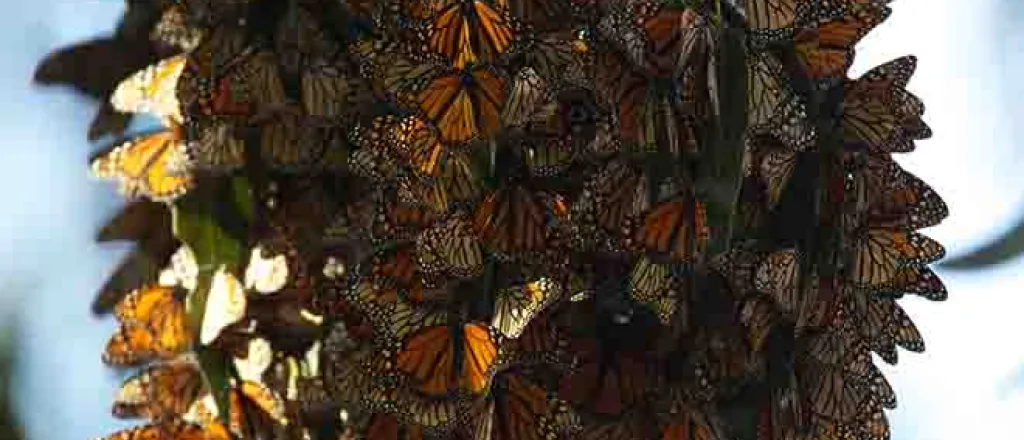
Western monarch butterflies rebound from edge of extinction
(California News Service) The western monarch butterfly appears to be pulling back from the edge of extinction - with more than 100,000 counted so far in the 25th annual Western Monarch Thanksgiving Count.
This week, more than 100 butterfly enthusiasts are creeping around groves early each morning, counting the iconic orange-and-black western monarch, and they're finding large clusters from Los Angeles to Santa Cruz.
Emma Pelton, a Xerces Society conservation biologist, said it's unclear if the rebound is because of natural variability or something else.
"They move and migrate over such large areas that it's hard to know exactly what weather conditions or environmental factors affected things in any one spot," she said, "but we think this is a good example of resiliency."
People who spot a large cluster of monarchs are encouraged to report it on the app iNaturalist, so scientists can go check it out. Gardeners also can help the species by reducing pesticide use and by planting the butterflies' favorite flowering bushes, such as native narrow-leaf milkweed and other flowers that bloom year-round.
While it's good news that the numbers are up, Pelton cautioned that they still are dangerously low - representing more than a 90% drop from the number of monarchs that overwintered in California in the 1980s.
"We would really like to see 500,000 butterflies," she said. "We'd like to see a million butterflies, which is more of the historic size that we saw in the '90s, not that long ago."
The Biden administration's new infrastructure bill, passed last week, dedicates $10 million over five years for projects to benefit monarchs by planting native flowers, adopting pollinator-friendly land-management practices, and removing non-native vegetation.















